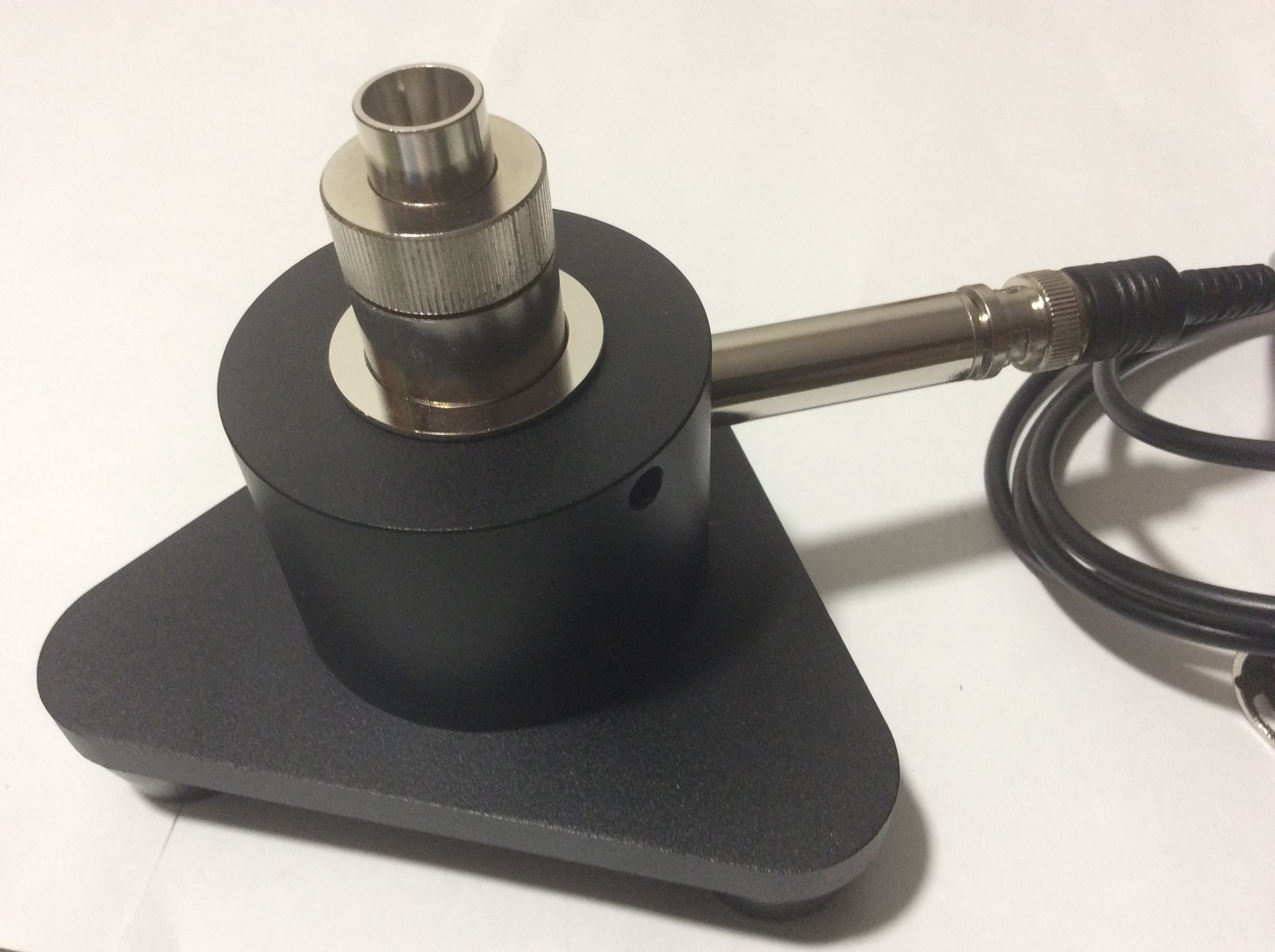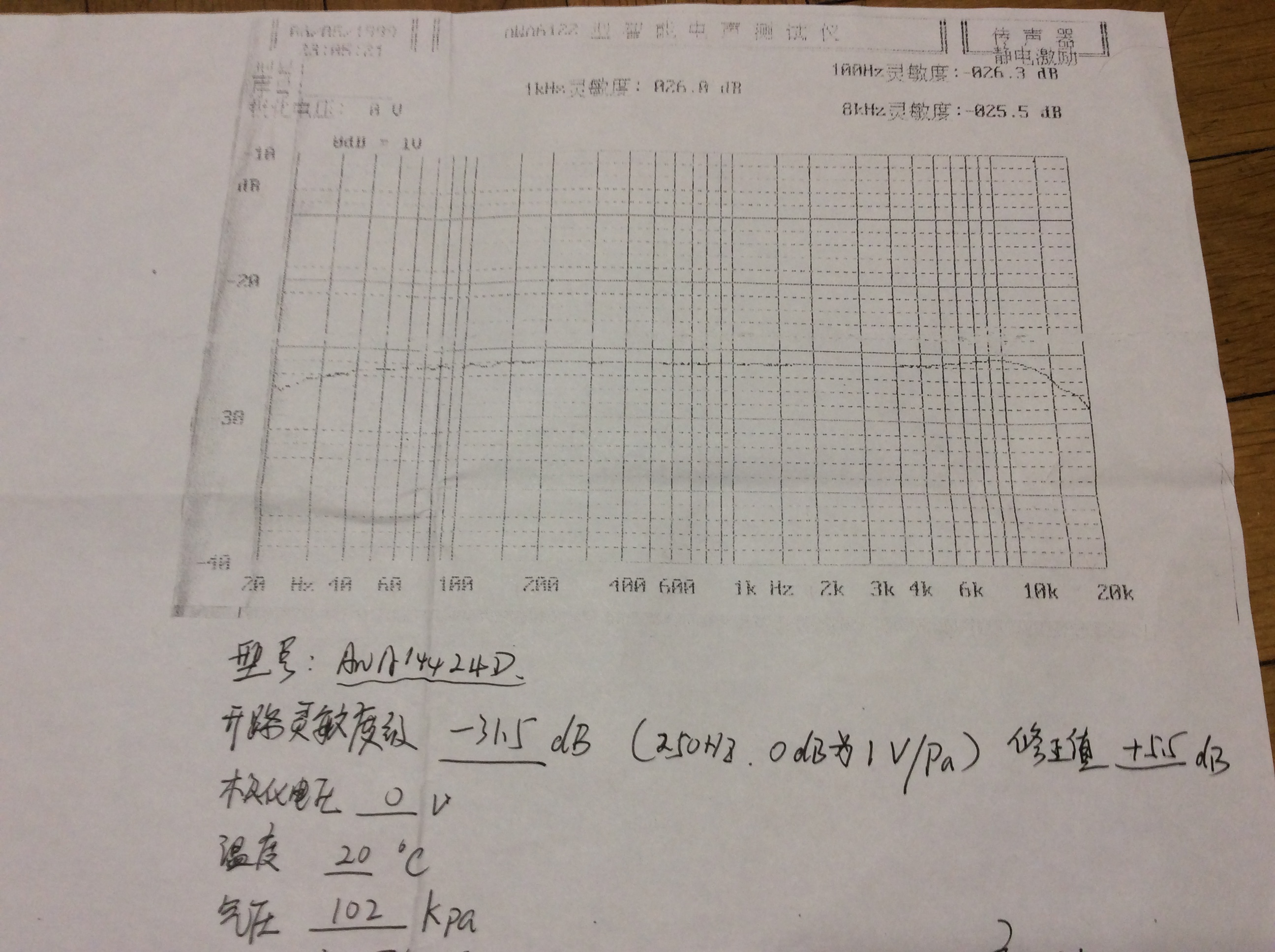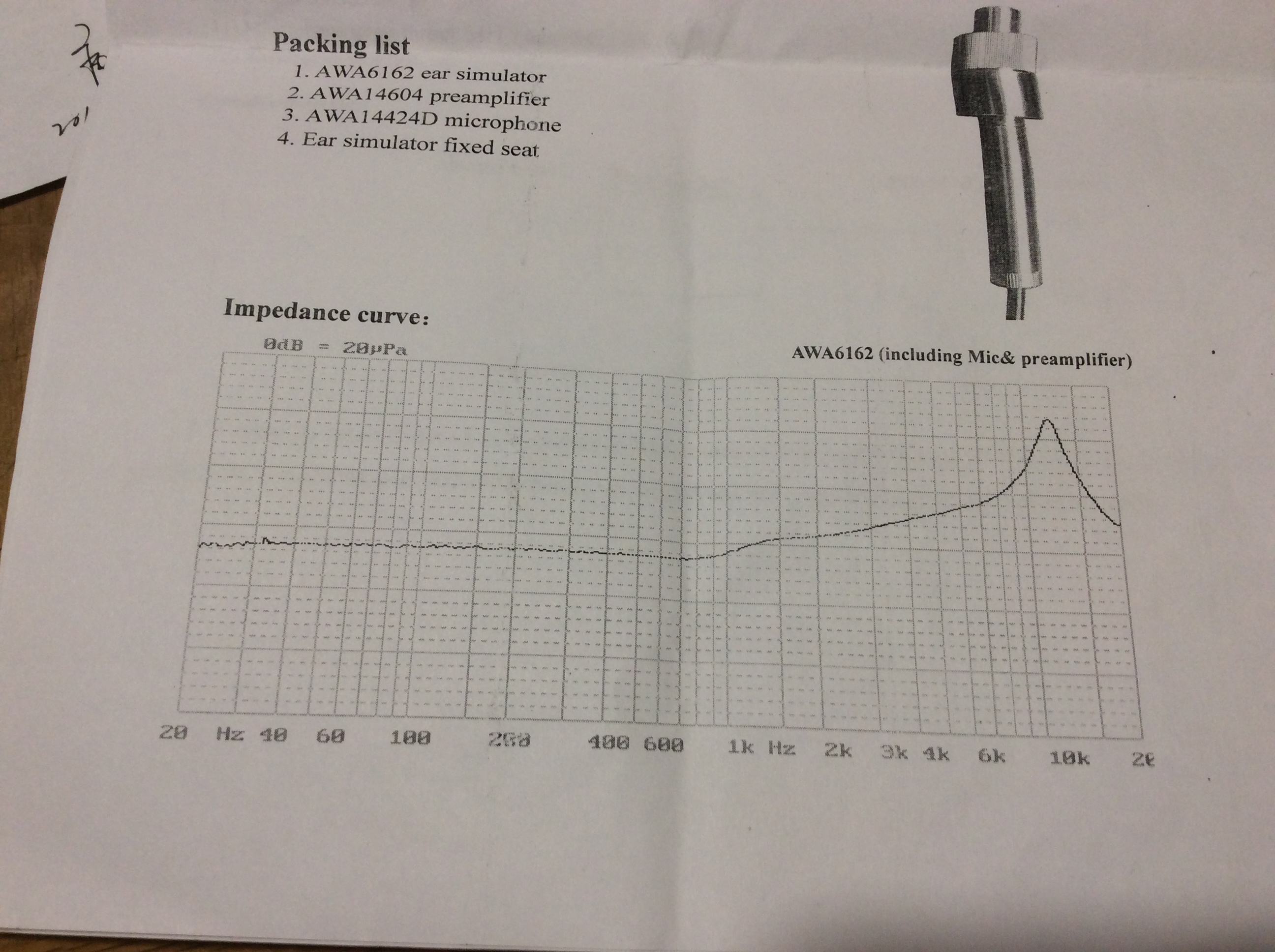- Joined
- Jan 30, 2011
- Posts
- 13,315
- Likes
- 24,354
The links should take you to the PNGs on Imgur.
Which ones can't you open?
Which ones can't you open?
Basically all of themThe links should take you to the PNGs on Imgur.
Which ones can't you open?
Same here.Its weird - they are opening for me.
Thanks for your input! I hadn't expect a less unusual point of view from you :-Dit's a little special for me as I don't publish my measurements, or only from time to time to show impedance impacts and little games like that. so a standard isn't my priority. I am ^_^.
in my new found desire to do well, when something like the er4sr can show much variations in the trebles from tips and the very large range of insertion depths available, I simply go for what I'm hearing when I usually use them:
I'll use a sweep to try and find a juicy spike in the trebles while playing with my EQ to check I'm identifying the right frequency. I also try to get a vague subjective notion of the amplitude compared to usually 3khz(pure habit). I'm not good at that past 10khz, but again just a general idea of relative loudness can help.
and from there I measure different insertions until I get something that looks like what I'm hearing(at the very least right frequency for the most audible treble spike). that's what serves me best even though I'm very prudent when it comes to EQing past 10khz, and I leave it alone if I have any doubt(as in chaotic trebles).
so I definitely do not settle for a standard insertion. but for the sake of repeatability and standards, a silicon tube with a marking is probably the very best option. it's just that in many cases, it doesn't reflect what we hear(again I'm only talking about the trebles, the rest is usually very fine). for example, inserting Shure IEMs as much as inserting Etymotic IEMs doesn't make much sense in practice. so IMO all choices are equally wrong for different reasons ^_^.

Today's update is mostly exotics from the land of Music Sanctuary. Not a lot of measuring but rather lots of comparing between modern TOTLs. Impressions below.
64 Audio Tia Fourte

64 Audio U18Tzar

Dita Audio Truth Gold

64 Audio A5

Additional re-measures:
@Overkill Red's Zeus-XRA custom
Music Sanctuary's new A12 demo unit
I'll be doing a point-grading system for this database soon; purely subjective and based on arbitrary numbers. Would be a fun thing to start on.
Here are the results of the small shootout I did between Fourte, A18, Flamenco (with all switches up), W900 and Zeus-R-ADEL, the five that (IMO) are at the top of the IEM game right now.
Bass quantity:
Fourte >= A18 >= W900 > Flamenco > Zeus-RA
Bass decay (slow -> fast)
Fourte > W900 > A18 > Flamenco > Zeus-RA
Mid forwardness
Zeus-RA > A18 > W900 = Flamenco > Fourte
Smooth -> Textured
W900 >= A18 > Fourte >= Flamenco > Zeus-RA
Warm -> Cold
A18 >= W900 > Fourte >= Flamenco > Zeus
Treble sparkle/presence
Flamenco >= Zeus >= Fourte > A18 > W900
Soundstage width
Fourte > A18 >= W900 > Zeus > Flamenco
Soundstage depth
Fourte > Zeus >= W900 > A18 > Flamenco
I try to use less objective terms like "detail" since the difference between all five of these amazing IEMs mean nothing next to preference. I'll be hard pressed to call anything "the best" or better considering they play against each other's strengths and weaknesses.
That said, IMO the Fourte is absolutely stunning. Still would not buy one (I'm voting with my wallet and my wallet says no to the 3.6k price tag) but represents many things of what I want in an IEM. Can't wait for the future when the chamber technology is adopted by more companies at a much lower price point.
Setup: Dayton IMM-06 with makeshift vinyl tube coupler, "FFT Plot" app on iOS
With this portable measuring rig, I was able to run around the country to take measurements off demo units. Will be updating this post and the imgur album as I get more and more opportunities to do so in the near future. Due to the nature of this setup, I will only be measuring IEMs.
Disclaimer: my measurements are not meant to be totally accurate or conformed to any standard. Do look at my Etymotic measurements as a frame of reference instead.
Every unit will undergo a right channel preliminary check at a 5-second averaged curve. The IEM tip will be forced into the tubing with as much of the bores exposed as possible, with the distance from mic to tip set at 12mm for standard inserts, 14mm for shallow inserts and 10mm for deep inserts.
Left channel will then be checked. If the two curves are 90% similar (by observation), proper measurement will commence on the right channel.
Measurements are done on the "FFT Plot" app with the following settings:
- Periodic White Noise file (.mp3)
- 16384 data points
- HAMM window
- 60 second average under "Infinite"
- Mixed graph
- Decade scale
If inconsistencies are detected, measurements will be repeated on either the left or right channel (depending on situation I.E. channel imbalance), until a curve can be properly reproduced.
He uses 8MM tubing for most of his IEMs, and 10mm when he needs it for larger IEMs.Hey @crinacle , I ordered the same mic as you so I can try out measuring IEMs. Can you tell me what size vinyl tubing you use to attach to the mic?
May I ask which module did you test the U18 Tzar with? M20 or M15? Thx!
Hey @crinacle , I ordered the same mic as you so I can try out measuring IEMs. Can you tell me what size vinyl tubing you use to attach to the mic?
you have a seal issue, that IEM goes real low in the subs and it's fairly audible. this is what I get with my pair on the Frankenstein rig, real RAW, no calib, no smoothing, no nothing. correct for no reference at all ^_^.Your RE-400 measurement represents much better what I'm hearing than Tyll's graph.
Using a similar setup to yours, I tried measuring with REW and got this graph:
RE-400
Aside from the lack of a 10 kHz peak, pretty similar.

 )
)Hi, are you willing to share some measurements of er4s from these 3 different couplers? Thank you.hi everybody. subbed, thanks to the op and other contributors for this amazing thread. nice collection of measurements, very good job, congrats!
i started to measure FR of IEMs last year summer, using iMM-6 + tube and mobile AudioTools. since then, was trying to improve my rig till february; i had to stop to concentrate in other tasks, not related to audio.
now i've read this thread, would like to share my rig evolution, together with some comparing graphs, because it has many coincidences with crinacle's one. hope somebody finds it interesting.
1- iMM-6 + silicone tube. Mobile (input & output) + AudioTools (software).
my mobile input had a terrible bass and treble roll-off, and the output had about 17Ω (http://www.head-fi.org/t/800208/#post_13041235), so had to change the input to my pc soundcard (http://www.head-fi.org/t/800208/#post_13019304), output to a neutral DAC with output impedance lower than 1Ω (like iBasso D14 http://www.head-fi.org/t/800208/#post_12995932, or JDS C5D).
new software was needed. chose REW.
the nozzle of many IEMs wasn't wide enough to be sealed by the tube, so i had to find a good sealing tip to use with every iem. found that one of those used with stetoclips was a good solution.
2- iMM-6 + silicone tube + tip. PC soundcard (input) + iBassoD14 (output DAC) + REW.
compared to pro rigs' measurements, like Tyll's one, found many differences: lows and highs roll-off, different amplitude and location (frequency) of mid and highs peaks, etc.
tried to use the calibration file which came with iMM-6 (it was a joke), and played with the distance from the IEM's nozzle to the mic. that distance resulted to be very important; but even the best distance try showed too many differences to consider a huge effort in calibration of the whole rig.
suspected that the diy "coupler" was responsible of the main differences, so tried to make an stainless steel coupler instead, using some vape gear i had around.
3- iMM-6 + DIY SS "coupler".
a bit better, but still many differences. the mic fixation to the coupler by using bluetac was not stable enough, and the distance issue was there too.
so decided to invest into a chinese iec711 coupler, made by aluminum and other metals, which came with a mic, without any calibration. and also purchased another chinese iec711 coupler after, made by stainless steel and other metals, to check the consistency of these chinese couplers.
4- "cheap" mic + 711 couplers.
couplers:
mic which came with aluminum coupler (6mm-1/4"- mic, like imm-06, fixed to a 12mm-1/2"- threaded cilindrical shank, to be screwed into the coupler):
found that lows and mids (till 5 or 6KHz) were more accurate this way. but from 5-6KHz, the peaks were better located (frequency) in my old rig (iMM-6 + DIY SS "coupler"), despite of their bigger highs roll-off after 10KHz.
this graph show the difference between them (the similar curves correspond to new rig, rolling tips and varying depth insertion). used VSonic GR07 classic ed.
to get better results in highs, i tried to fit the iMM-6 into the 711 couplers, because suspected that the cheap mic was responsible of the frequency offset's mess.
and compared mics and 711 couplers.
5- iMM-6 + 711 couplers.
to fit the iMM-6 (6mm mic) into the couplers (12mm threaded), used a thick silicone o-ring and bluetac.
and here are the compare graphs of GR07 classic ed, using both 711 couplers, iMM-6 and the cheap mic.
C1 is the aluminum coupler; C2 is the stainless steel one.
M1 is iMM-6; M2 is the cheap mic which came with the alu coupler.
C1 + iMM-6 (different tips and insertion depth):
C2 + cheapMic (different tips and insertion depth):
C1 vs C2, + cheapMic (to compare couplers):
slight amplitude differences at the 8-9KHz peak and at the 11- 12KHz dip. maybe the o-ring I added into C2 to get extra isolation, did vary some distances (my bad, i should repeat the measurement without that o-ring); or that is the slight difference between couplers, I don't know. anyway, minimal difference.
C1, iMM-6 vs cheapMic (to compare mics):
note the dip of the cheap mic in lows (40Hz centered), and its frequencies offset (from 9.5KHz to 8.5KHz); highs roll-off in iMM-6 (and some lows roll-off, but under 20Hz).
now, measuring Piston 3.
C1 + iMM-6 (different insertion depth):
C1 + iMM-6 vs C2 + cheapMic:
again similar differences, due to the mics, mainly. 9.5Khz -> 8.5KHz offset in the cheap one, and highs roll-off in iMM-6.
conclusions:
agreeing crinacle's comments, i think that an iec711 coupler helps to get closer to the real thing, and so does the mic.
having a iec711 coupler, i'd prefer using iMM-6 (easier to calibrate the highs roll-off) rather than the cheapMic (very difficult to fix that frequency offset).
but the insertion of iMM-6 into the coupler (using o-ring+bluetac) is not very stable, i guess. i'd probably cut the cilindrical threaded case of the cheap mic (about half size), insert iMM-6 into that case, adding some bluetack, and screw the result into the coupler.
i guess this rig, after some calibration (not so heavy), would satisfy my needs and expectations so far, and would be portable (laptop + dac + rig).
6- Chinese "pro" rig (iec711 coupler + precision mic + preamplifier + stand) + low noise and distortion input (E-MU 0404).
my PC soundcard inputs has excessive noise and distortion to be used to measure other parameters different to frequency response. so i purchased a low noise and distortion one: E-MU 0404.
after spending in two iec711 couplers and this interface, thought i should try a "pro" calibrated mic. so purchased a chinese one, AWA14424D (calibration provided in a piece of paper, like GRAS ones), very very fragile.. which came mounted into a new iec711 coupler (AWA6162) to minimize the risk of damaging the mic while being mounted, and together with an appropriated preamplifier (AWA14604C) and an stand/base. Ouch, ouch, ouch, this did hurt my wallet badly.
now i have two spare iec711 couplers (if anyone is interested, pm me).
i've finished my other tasks, six months later, so i'll restart with audio again.
here are some pics of the new rig:



(another parameter, wrote in chinese -can't translate it-, says 76% at the end of the paper -wasn't caught by the cam-)


